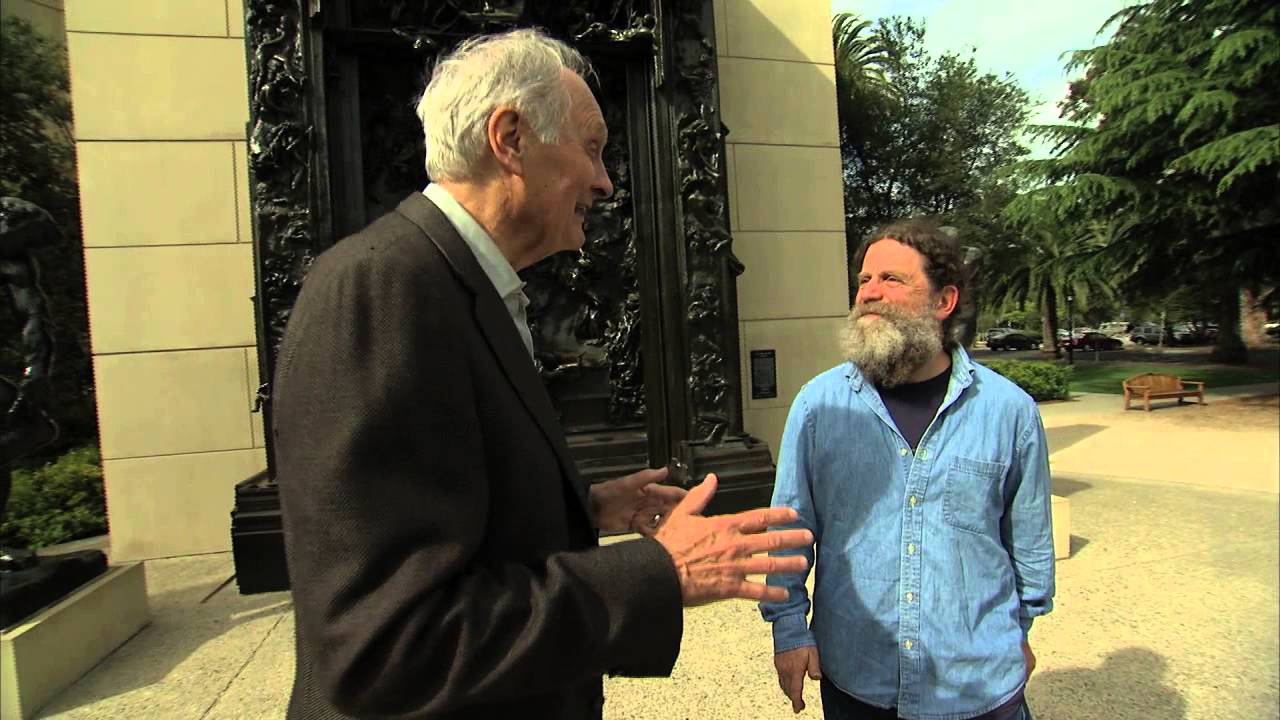Thanks Glenn,
I have not seen the film so I don’t know if or how clearly it presents the story behind the events leading up to the establishment of the T&RC. However, I did see and speak with the Archbishop at a conference on Bali in 2006. There he presented a through recounting of what he and Mandela were attempting with the T&RC. Namely they had a profound recognition that punishing the guards who tortured and killed their captives would only create a pendulum swing and not bring about any real change. For real change to occur they needed to understand what had happened and to allow those accused of torture and murder a chance to tell their story and to have the families of the victims decide whether or not they should be forgiven. They wanted to create an opening for something new to emerge. The wanted a deeper understanding of the conditions that brought men with families of their own to torture and kill others. And they felt that by giving them the chance to tell their stories in the presence of the families of their victims that perhaps such an understanding might be brought about yielding a different kind of justice that could win the day - restorative justice, where the perpetrators of those crimes would look into the eyes of widows and orphaned children and see the toll their crimes took on people who, under other circumstances, might have been members of their own family.
For their efforts they received death threats. The lines that Tutu delivered that struck to the core of my being went something like this - although I’m using quotes, I don’t have the exact words as this took place nearly 15 years ago:
“We had people screaming at us that the guards were “monsters” and needed to be brought to justice and to pay for what they did. But you see, therein lies the problem. When you label someone else a monster, you absolve them of human responsibility and then you too can become inhuman in your response and advocate for the harshest punishment without any attempt to understand what was going on in their minds at the time.” That, he told us, removes the possibility of redemption, which is a core tenant of the Christian faith.
For a real-life look at how things played out, I recommend: Long Night’s Journey Into Day - a documentary about the T&RC.
And for another view on “criminal justice” see this interview by Alan Alda of Robert Sapolsky - filmed methinks, with intentional irony, at the Rodin sculpture garden at Stanford, before the replica of the Gates of Hell:

